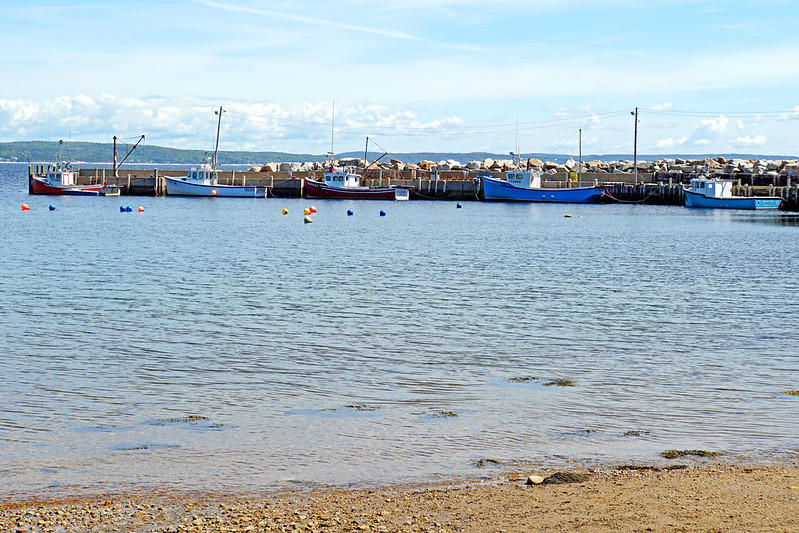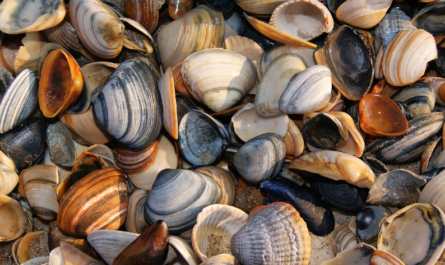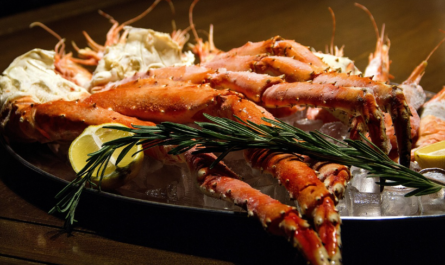Tuna fisheries in the Atlantic Ocean have long been a cornerstone of global marine industries, feeding millions and supporting economies across continents. Tuna species like bluefin, yellowfin, bigeye, and skipjack are not just prized for their culinary value but also for their role in marine ecosystems. However, the increasing demand for tuna has led to overfishing, environmental degradation, and significant conservation challenges.
This comprehensive article explores the ecological importance of tuna, the economic role of fisheries, and the urgent need for sustainable practices in the Atlantic.
Tuna in the Atlantic: Species and Ecology
1. Tuna Species in the Atlantic
Several species of tuna inhabit the Atlantic Ocean, each playing a critical role in marine food webs and supporting commercial fisheries.
- Atlantic Bluefin Tuna (Thunnus thynnus): The most sought-after and heavily fished species, known for its size, speed, and high market value.
- Yellowfin Tuna (Thunnus albacares): Popular for its versatility in global cuisines and a significant contributor to commercial catches.
- Bigeye Tuna (Thunnus obesus): Known for its deep-diving behavior and prized for sashimi markets.
- Skipjack Tuna (Katsuwonus pelamis): A smaller species often used in canned tuna products, accounting for a large portion of global tuna harvests.
- Albacore Tuna (Thunnus alalunga): Valued for its white meat, often marketed as “white tuna.”
2. Ecological Importance
Tuna are apex predators and keystone species in the Atlantic, meaning their health directly impacts the balance of marine ecosystems.
- Food Web Dynamics: Tuna regulate populations of smaller fish, squid, and crustaceans, maintaining ecological balance.
- Migratory Behavior: Tuna migrate vast distances across ocean basins, connecting ecosystems and contributing to nutrient cycling.
- Indicator Species: The health of tuna populations reflects the overall state of marine ecosystems.
The Economic Role of Tuna Fisheries
1. Global Demand and Market Value
The global appetite for tuna, particularly in the sashimi and canned fish industries, drives a multi-billion-dollar industry. The Atlantic Ocean accounts for a significant share of global tuna catches.
- Export Markets: Countries like Spain, France, and Japan are major importers of Atlantic tuna.
- Economic Contribution: Coastal nations in the Atlantic, including West African and Caribbean countries, rely heavily on tuna fisheries for income and employment.
2. Employment and Livelihoods
Tuna fisheries support millions of jobs, from fishing crews and processing plant workers to supply chain professionals and retailers.
- Artisanal Fisheries: Small-scale fishers in developing countries depend on tuna for food security and income.
- Industrial Fisheries: Large-scale operations, often involving purse seine and longline vessels, dominate global tuna supply chains.
Challenges Facing Tuna Fisheries in the Atlantic
1. Overfishing and Stock Depletion
Overfishing is the most pressing issue facing Atlantic tuna fisheries, with several species, particularly the bluefin tuna, classified as endangered or overfished.
- High Demand: The lucrative nature of tuna fisheries incentivizes overexploitation, often exceeding sustainable catch limits.
- Illegal, Unreported, and Unregulated (IUU) Fishing: IUU activities undermine conservation efforts and contribute to stock depletion.
2. Bycatch
Tuna fishing often results in unintended catches of non-target species, including sharks, sea turtles, and seabirds.
- Environmental Impact: Bycatch disrupts marine ecosystems and threatens vulnerable species.
- Economic Waste: Discarded bycatch represents lost resources and inefficiencies in the fishing process.
3. Climate Change
Climate change affects tuna populations and fishing practices through rising ocean temperatures, acidification, and shifting migratory patterns.
- Habitat Changes: Warmer waters force tuna to migrate to new areas, impacting fisheries that depend on traditional fishing grounds.
- Stock Vulnerability: Changes in plankton and baitfish availability affect tuna food sources, potentially reducing populations.
4. Habitat Degradation
Coastal development, pollution, and marine traffic degrade tuna spawning grounds and feeding areas.
- Plastic Pollution: Microplastics in the Atlantic are ingested by tuna, affecting their health and market value.
- Oil Spills: Spills in the Atlantic can destroy critical habitats and reduce tuna populations.
Conservation Efforts and Sustainable Practices
1. International Agreements
Global cooperation is essential to manage tuna stocks sustainably, given their migratory nature.
- International Commission for the Conservation of Atlantic Tunas (ICCAT): The ICCAT sets quotas and monitors compliance to ensure sustainable fishing.
- UN Sustainable Development Goal 14 (Life Below Water): Promotes the conservation and sustainable use of oceans and marine resources.
2. Fishing Quotas and Monitoring
Imposing strict catch limits and monitoring fishing activities help prevent overfishing.
- Quota Allocations: Allocating quotas based on scientific assessments ensures sustainable stock levels.
- Satellite Tracking: Vessel monitoring systems (VMS) track fishing activity to detect and deter IUU fishing.
3. Bycatch Reduction Techniques
Innovative fishing methods can minimize bycatch while maintaining tuna harvests.
- Circle Hooks: Reduce the likelihood of hooking non-target species like turtles.
- FAD-Free Fishing: Avoiding fish aggregating devices (FADs) reduces bycatch of juvenile tuna and other species.
4. Marine Protected Areas (MPAs)
Establishing MPAs in critical tuna habitats helps protect spawning and feeding grounds.
- Benefits: MPAs allow populations to recover and spill over into surrounding areas, benefiting fisheries.
- Examples: The Sargasso Sea and other Atlantic regions have been identified as potential MPAs for tuna conservation.
The Role of Technology in Tuna Fisheries
1. Stock Assessment
Advanced tools like acoustic surveys and satellite imaging provide real-time data on tuna populations, improving management decisions.
2. Blockchain for Traceability
Blockchain technology ensures transparency in the supply chain, enabling consumers to verify the sustainability of their tuna purchases.
3. Drones and Artificial Intelligence
Drones monitor fishing activities, while AI analyzes data to predict tuna migratory patterns and stock health.
Challenges in Implementing Conservation Measures
1. Enforcement and Compliance
Ensuring adherence to fishing quotas and international agreements is a significant challenge.
- Limited Resources: Developing nations often lack the resources to enforce regulations.
- Political Resistance: Conflicting national interests can hinder international cooperation.
2. Economic Dependence
For many coastal communities, reducing tuna catches poses a threat to livelihoods, making conservation efforts difficult to implement.
The Future of Tuna Fisheries in the Atlantic
1. Sustainable Aquaculture
Tuna farming is emerging as an alternative to wild fishing. However, challenges like high feed requirements and environmental impact must be addressed.
2. Consumer Awareness
Educating consumers about sustainable seafood choices can drive demand for responsibly sourced tuna.
- Eco-Labels: Certifications like the Marine Stewardship Council (MSC) label promote sustainable fishing practices.
- Seafood Guides: Tools like the Monterey Bay Aquarium’s Seafood Watch help consumers make informed choices.
Conclusion: A Balanced Approach to Conservation
The Atlantic tuna fisheries are at a crossroads. While they are vital to economies and ecosystems, their future depends on striking a balance between exploitation and conservation. By adopting sustainable practices, leveraging technology, and fostering international cooperation, it is possible to protect tuna populations while supporting the communities that depend on them.
Through collective action, the Atlantic can continue to be a source of both sustenance and wonder for generations to come. The fate of its tuna fisheries will serve as a testament to humanity’s ability to manage resources responsibly in an interconnected world.



